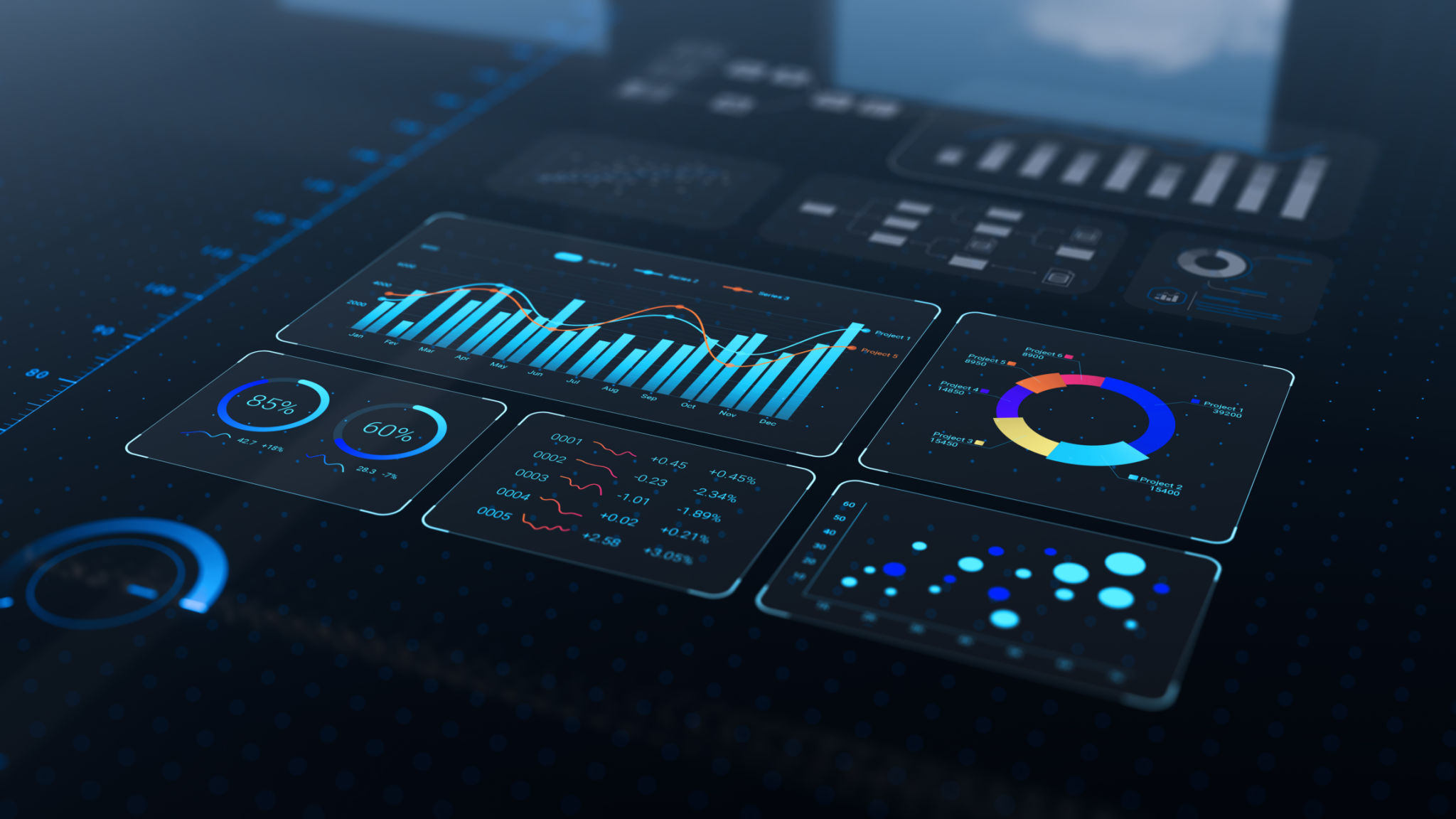Maximizing ROI: A Comprehensive Guide for Digital Marketing Success
Understanding ROI in Digital Marketing
Return on Investment (ROI) is a crucial metric that helps businesses evaluate the efficiency of their digital marketing efforts. By assessing ROI, companies can determine which strategies are yielding the best results and which ones need improvement. In the realm of digital marketing, maximizing ROI is not just about increasing sales but also about optimizing the cost-effectiveness of your campaigns.
To calculate ROI, you need to measure the revenue generated from your marketing activities and subtract the costs associated with those activities. This gives you a clear picture of your net gain. For digital marketing, it’s essential to track metrics such as click-through rates, conversion rates, and customer acquisition costs to get an accurate assessment.

Setting Clear Goals and Objectives
Before diving into the tactics of digital marketing, it’s imperative to establish clear goals and objectives. These should be specific, measurable, achievable, relevant, and time-bound (SMART). Having clear objectives helps in aligning your marketing strategies with your business goals, ensuring that every effort contributes toward maximizing ROI.
For instance, if your primary goal is to increase brand awareness, focus on metrics like reach and engagement. Conversely, if driving sales is the objective, prioritize conversion rates and average order value. Tailoring your approach based on specific goals will streamline your efforts and enhance overall efficiency.

Choosing the Right Channels
The digital landscape offers a plethora of channels for marketers to explore, including social media, email, search engines, and more. Selecting the right channels is pivotal for maximizing ROI. Each platform has its unique strengths and user demographics, making it essential to choose those that align with your target audience.
Conducting thorough market research will help you identify where your audience spends most of their time online. Once you’ve identified these platforms, tailor your content and approach to suit each channel’s unique characteristics. This strategic alignment ensures that you are investing resources in the most promising areas.

Optimizing Content for Better Engagement
Content is at the heart of digital marketing success. To maximize ROI, focus on creating high-quality, engaging content that resonates with your audience. Whether it’s blog posts, videos, or social media updates, ensure that your content speaks directly to the interests and needs of your target audience.
Incorporate storytelling techniques to make your content more relatable and memorable. Additionally, utilize SEO best practices to enhance visibility on search engines. By optimizing your content for both engagement and discoverability, you increase the likelihood of converting prospects into customers.
Monitoring and Analyzing Performance
Regular monitoring and analysis of your digital marketing efforts are crucial for continuous improvement and maximizing ROI. Use analytics tools to track key performance indicators (KPIs) such as website traffic, conversion rates, and customer engagement levels.
By analyzing these metrics, you can identify patterns and trends that inform future strategies. Make data-driven decisions to refine your campaigns, focusing on what works best while eliminating ineffective tactics. Continuous analysis ensures that your marketing efforts remain agile and responsive to changing market dynamics.

Testing and Iteration
A/B testing is a powerful technique that helps marketers optimize their campaigns by comparing different versions of content or ads. By testing variables such as headlines, images, or call-to-action buttons, you can determine which elements drive better results.
Implementing regular testing allows you to make informed adjustments to enhance performance continually. Iteration based on test results ensures that your marketing strategies evolve in response to consumer behavior and preferences, ultimately maximizing ROI.
Conclusion: Commitment to Continuous Improvement
Maximizing ROI in digital marketing is an ongoing process that requires dedication to continuous improvement. By setting clear goals, choosing the right channels, optimizing content, and leveraging data-driven insights, businesses can significantly enhance their marketing efficiency.
Remember that digital marketing landscapes are ever-changing; staying informed about industry trends and consumer behaviors is vital. By committing to adaptability and innovation, you can ensure sustained success in maximizing ROI for your digital marketing endeavors.